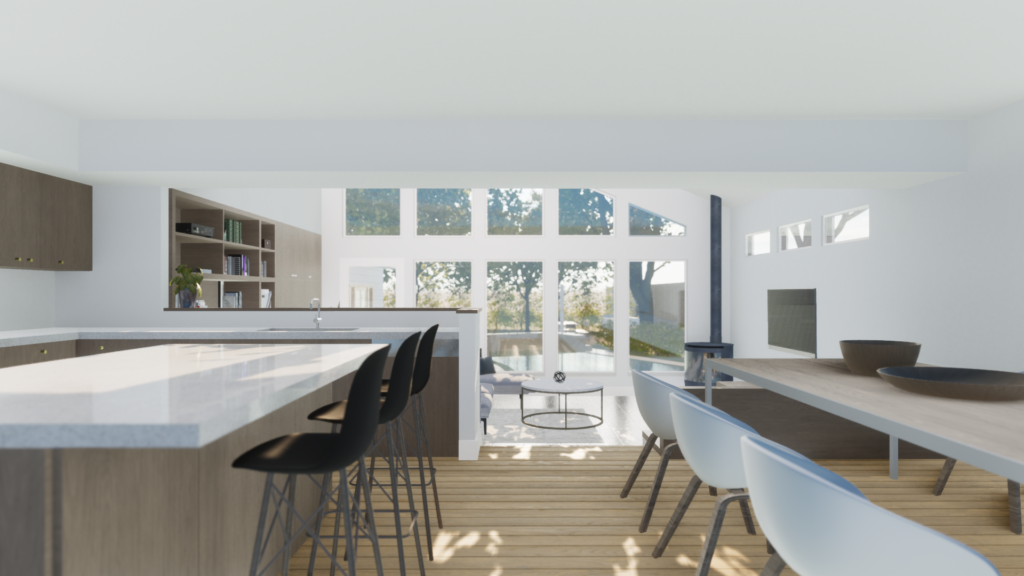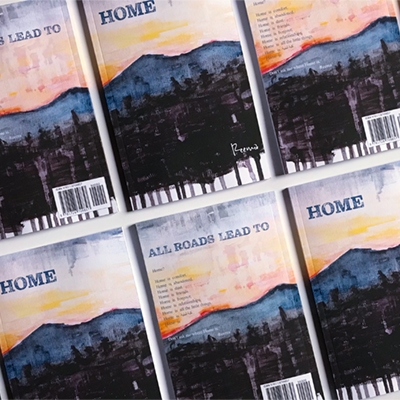
Houston, a city molded by the oil and gas industry, is a place of energy, innovation, and, at times, a little dirt. As architects who live within this soiled city, we understand the unique challenges posed by the grit and grime of our surroundings. For this reason, we propose an often underestimated yet invaluable component of home design – the extra-large mud room. Serving as more than just a transitional space, a well-designed mud room offers a multitude of benefits that contribute to the organization, hygiene, and overall well-being of a home here in Houston.
In our daily routines, the transitions of departing and arriving home can be a chaotic dance of keys, bags, shoes, and various other necessities. This is where the mud room excels. Think of it as the backbone of your home; a singular place where you drop off and pick up everything you need for the day. By providing dedicated storage for coats, shoes, bags, and other daily essentials, a spacious mud room brings order to our otherwise chaotic daily migration. As architects, we often emphasize the importance of well-planned storage solutions, and the mud room is a prime example. Customized cabinets, shelving, and designated spaces for each family member streamline the process of entering and leaving the home. This level of organization not only saves time but can also relieve stress and offer a sense of composure.
Houston’s thriving energy sector often means residents may encounter a bit of dirt in their day-to-day activities. Whether from work, outdoor adventures, or simply navigating the city, the last thing we want is to track filth, germs, and contaminants into your home. The mud room’s role in maintaining hygiene is paramount. A well-designed mud room acts as a hygienic buffer, providing a dedicated space to shed the remnants of the outside world, wash up, and enter your home clean and refreshed. Incorporating features such as a bench for speedy shoe and soiled clothes removal, and a sink for quick handwashing, the mud room becomes a preventive zone that keeps dirt and germs at bay. The presence of oil, dirt, and germs also necessitates the use of durable, hard surfaces for easy cleaning and sanitation. Tile flooring, washable walls, and stain-resistant fabrics are excellent choices that not only minimize the wear and tear on your home’s interior but also contribute to cleaner living.
Beyond its practical functionalities, a mud room should serve as a transitional space that fosters mental and emotional well-being. To diminish the disorder and stress of our day-to-day lives, your home should be a sanctuary for you and your family – a place to relax, reconnect, and recharge. The mud room becomes the default emotive threshold, allowing us to shed the concerns of the external world before fully immersing ourselves in the comfort of home. This intentional transition helps create a mental barrier between the outside stresses and the tranquility of home life.
The mud room is a practical, yet often underestimated, element that significantly enhances the daily lives of Houston residents. The advantages it brings – organization, hygiene, and a mindful transition between the outside world and home – are invaluable in the dirt and grime of daily life. As architects, our mission extends beyond creating visually appealing structures; it involves crafting spaces that respond to each of our unique routines and needs. A functional and thoughtful mud room exemplifies the transformative power of architectural design in enhancing the quality of everyday life and provides Houstonians with a practical and mental bridge between the bustling city and the sanctuary of home.
Explore
Timbergrove Renovation
Houston, Texas
Residential
In Houston’s Timbergrove neighborhood, this renovation transforms a traditional layout into an open, light-filled home designed for entertaining. Walls between kitchen, living, and dining areas were removed to create seamless flow, with custom millwork adding warmth, storage, and subtle definition to each space.
Reema
Artist & Transmedia Storyteller
Art and Design
Reema is an Artist and current MFA Candidate at the University of Houston in Interdisciplinary Practice and Emerging Forms focusing on Transmedia Storytelling. Joe and Kevin sat down with Reema to discuss her path to becoming a storyteller, how her transmedia approach shows up in her current project “Allyson Darke”, and her advice to budding creatives.
The Architectural Vernacular of Houston
Joe Rivers
Writing
As the architectural historian Paul Oliver aptly puts it, “All forms of vernacular architecture are built to meet specific needs, accommodating the values, economies, and ways of life of the cultures that produce them.” In this article, we will explore the various dimensions of architectural vernacular and why it is essential for crafting designs that resonate with the heart and soul of Houston and the Gulf Coast.


